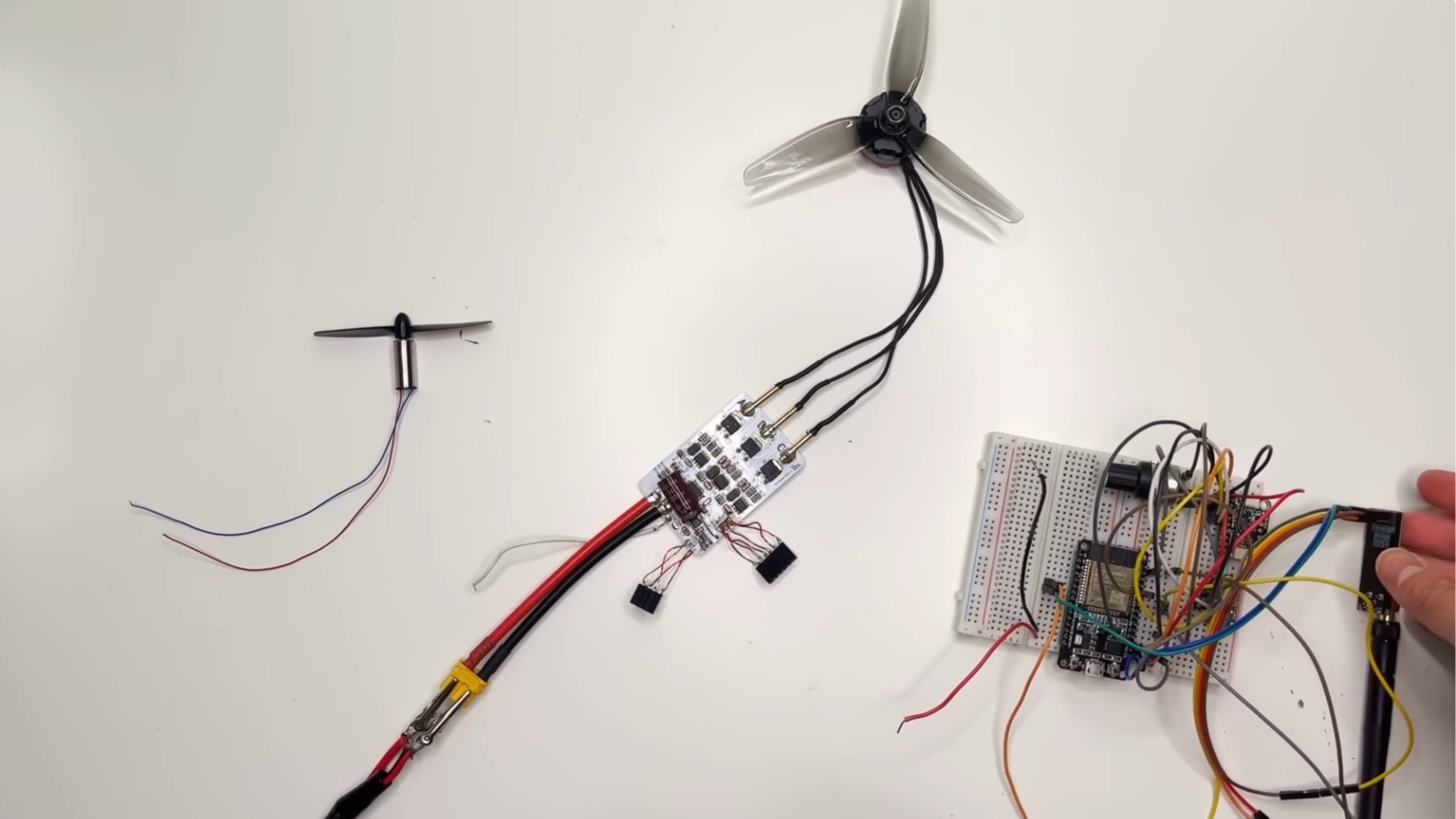A groundbreaking discovery has been made regarding the interstellar object known as 3I/ATLAS, which is currently traversing the solar system. According to Dr. Avi Loeb, a professor of theoretical physics at Harvard University, this object is emitting a metal alloy not previously observed in nature. Images captured by the Keck II telescope in Hawaii, taken in August and released recently, confirm that 3I/ATLAS is producing a plume with an astonishing four grams of nickel per second, without any detectable iron.
The alloy formed, termed nickel tetracarbonyl, is typically associated with industrial processes and has only been observed in human-made nickel alloys. “There is only one place where that is known to exist, and that is in industrially produced nickel alloys,” Dr. Loeb stated. He further emphasized the uniqueness of this finding, remarking, “This was never observed for any other object.”
Unusual Characteristics of 3I/ATLAS
In addition to the unexpected alloy, 3I/ATLAS exhibits several intriguing features. Unlike typical comets, which display a striking tail as they approach the Sun, this interstellar object lacks such a formation. Dr. Loeb noted, “We usually see beautiful tails extending from the object away from the Sun, and in this case, there was no evidence for such a tail.” Instead, the Hubble Space Telescope has revealed a stream of materials, weighing approximately 330 pounds per second, directed toward the Sun.
The composition of this stream primarily consists of carbon dioxide and water, with trace amounts of cyanide and nickel, but notably absent of iron. Dr. Loeb raised questions about this unusual behavior, asking, “Why are we seeing a jet pointed at the Sun? A stream of material in the direction of the Sun?”
Awaiting Further Observations
Skywatchers worldwide are eagerly anticipating additional data from the Mars Reconnaissance Orbiter’s HiRISE camera, which captured images between October 4 and October 7, 2025. However, the release of these images has been delayed due to the ongoing government shutdown that has affected NASA’s communications department. Dr. Loeb expressed frustration over the situation, stating, “Who cares about the communication departments? We want to see the data from the scientists.”
These forthcoming images are expected to provide the closest and most detailed views of 3I/ATLAS during its brief journey through the inner solar system. As astronomers continue to analyze this enigmatic object, the potential for new insights into the composition and behavior of interstellar materials remains vast.
The findings surrounding 3I/ATLAS not only challenge existing scientific understanding but also underscore the importance of continued exploration and observation of celestial phenomena.







